Almost all of them were taller than me. And smarter. Even the quiet ones crackled with energy. It's as if their sensors were all dialed to 11 while most of mine have been shut down by age and experience.
It was Excursion Week at Galloway. Our 20-student group chose "Interaction of Art and Social Justice" with the theme of "separate but equal." With the help of Galloway artist in residence and Georgia State sculpture professor Ruth Stanford the group explored, researched, and made some art. Galloway teacher Mary Stuart Hall gave me Tuesday to "do something." Mary and former Galloway principal, Gordon Mathis, had two little buses at our disposal to take on the town.
My idea was to visit neighborhoods and corridors "below the line" in the morning then talk with Atlanta's city planners in the afternoon.

"Below the Line" Courtesy Atlanta City Studio, Ryan Gravel, Tim Keane, Jodi Mansbach, Vanessa Lira, Kevin Bacon (Atlanta's Kevin Bacon), Heather Alhadeff, and more.
To compare the booming corridors like Peachtree Street

"Peachtree Corridor" Courtesy Atlanta City Studio, Ryan Gravel, Tim Keane, Jodi Mansbach, Vanessa Lira and more.
To compare booming Peachtree with the less booming west side.

To compare the booming Peachtree corridor with the less booming westside corridors of Donald Lee Hollowell, Joseph Boone, Ralph David Abernathy. Courtesy Atlanta City Studio, Ryan Gravel, Tim Keane, Jodi Mansbach, Vanessa Lira, and more.
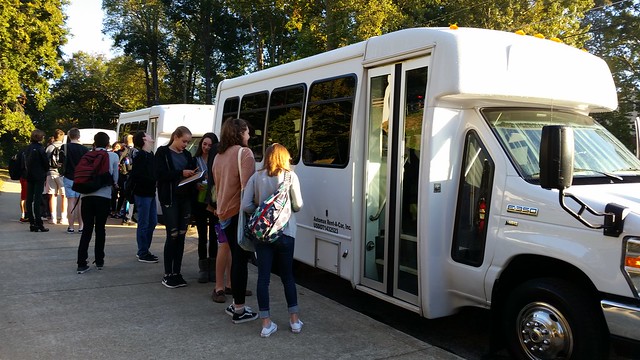
We saddled up at Chastain Park.
Our first stop was at Lincoln Cemetery which led us through English Avenue and Vine City. Lincoln Cemetery 1926, an early African American Cemetery
Next stop Washington Park
"Prior to the construction of Washington Park in 1919, there were no recreational parks in Atlanta available to African Americans. The park started with a gift of six and a half acres and expanded to 25 acres (100,000 m2) when completed in 1928. It originally included a swimming pool, dance hall, pavilions, and tennis courts."
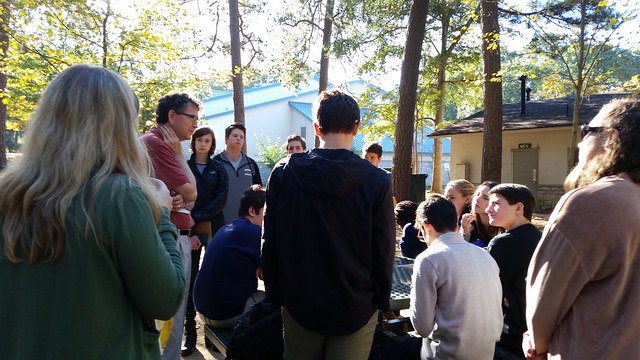
Washington Park
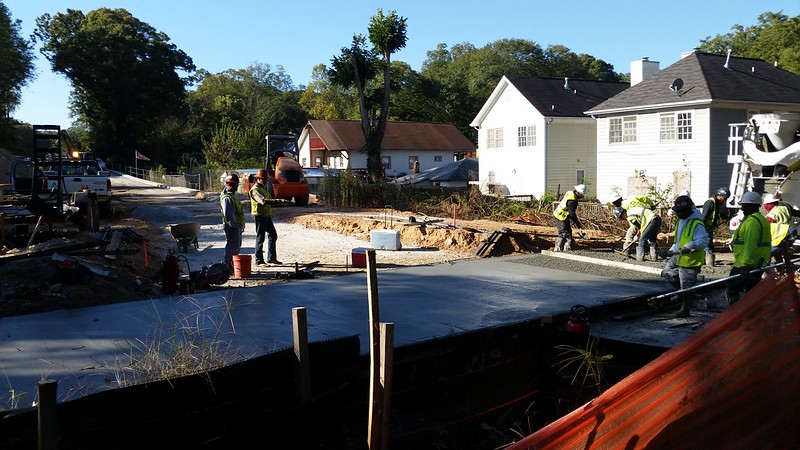
I did not know that the current SW BeltLine construction ends at Washington Park. This place will change!
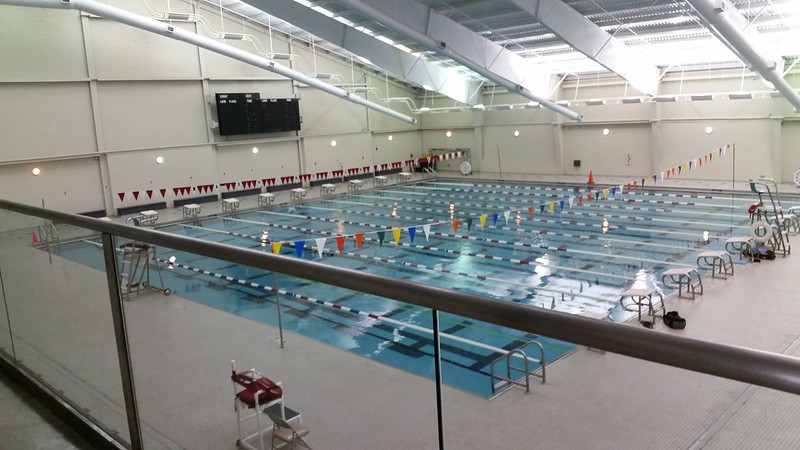
We'll be able to bike to swim at the Washington Park Natatorium.
Next stop Brown Middle School and West End.
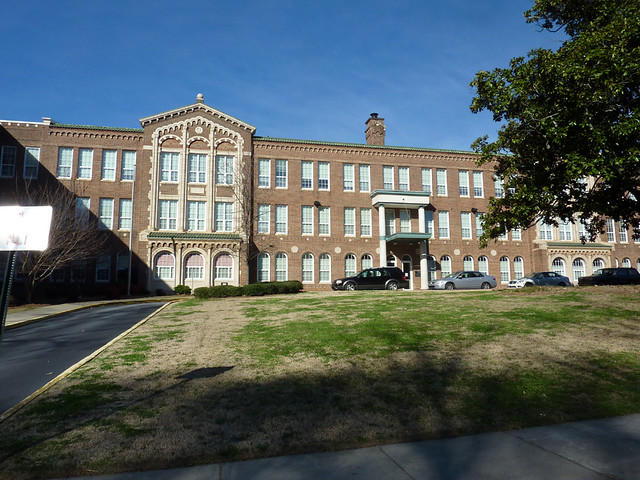
Formerly Brown High School.
Joseph E. Brown Jr. High School, located at 765 Peeples Street SW in Atlanta's West End neighborhood, was opened in 1924
Then we did a West End Walkabout, in my opinion one of the most charming neighborhoods in Atlanta.
My personal favorite activity: small blocks, styles that have been consistently popular for 150 years, mix of sizes, close to the curb in a way that enhances the beauty of the street as a public space for all passersby.
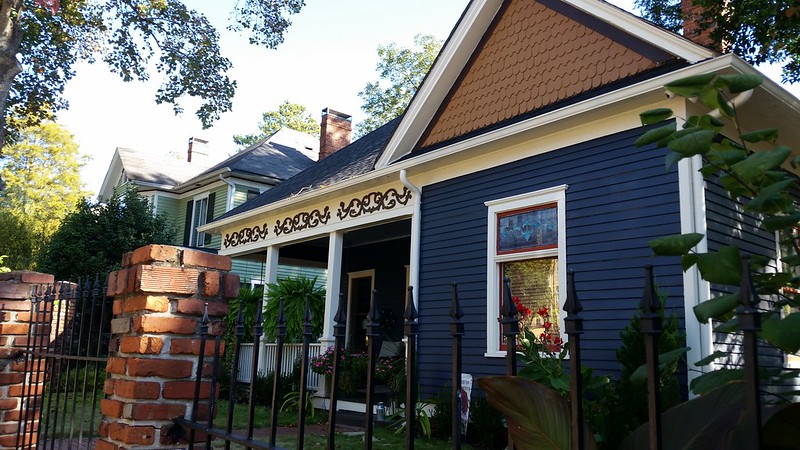
Agree?
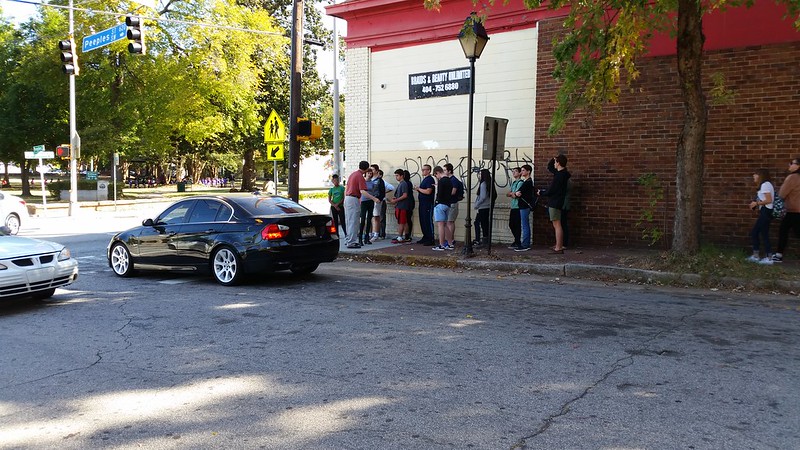
Corner of Peeples and Ralph David Abernathy.
How we marched.
The West End Parade.
Then to Ponce City Market for lunch and a lecture at Atlanta City Studio.
Because by then we had some questions.
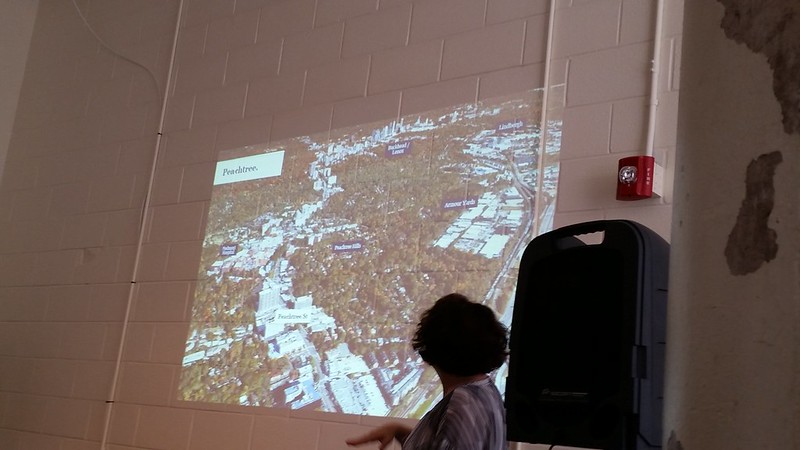
Jodi Mansbach had the slides.
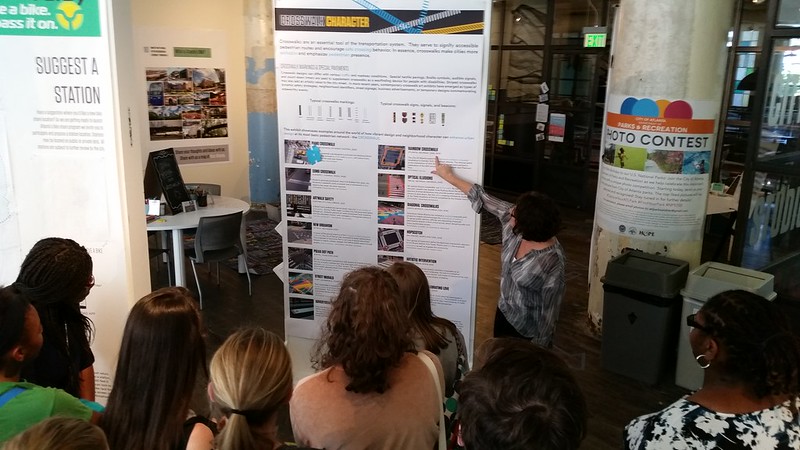
Jodi had the giant posters.
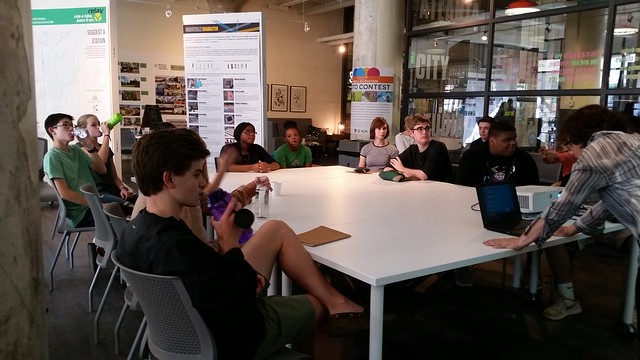
Jodi had the big table.
That was just Tuesday!
On Thursday I rejoined the excursion at the Atlanta Contemporary.
I'll let you in on an art secret in case you didn't look.
What is really behind this piece Phillip Andrew Lewis’ Distribution in Red,
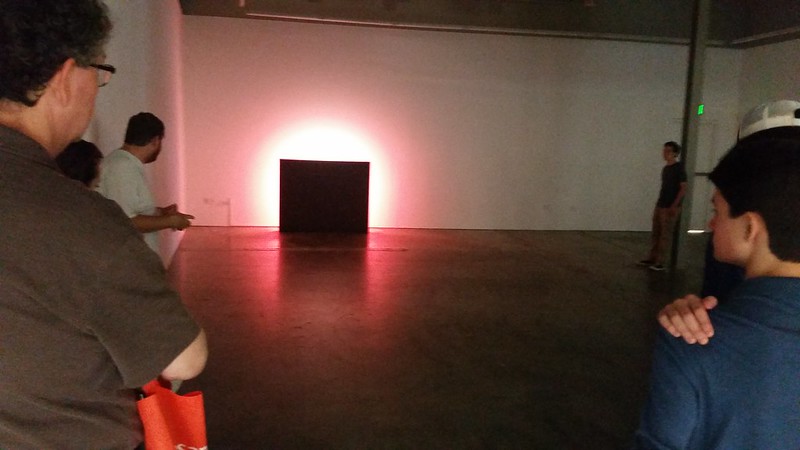
It's the Colonel.
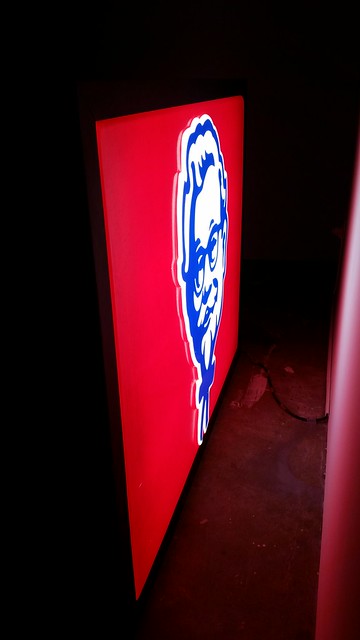
Tiny tips for touring with teens? I'll work on these for next time.
1. Get two experienced teachers for each 10 students.
2. Do lunch with options: Ponce City Market and the Sweet Auburn Market are superb.
3. Talk briefly to the group whenever you can get them together.
4. Stop talking before they stop listening.
5. Huddle with teachers at stopping points.They make it look easy but...
6. Find a way to integrate their phones. Students are superb at their phones.
7. Pretend that they can't smell you fear.
8. Enjoy the ride though it won't turn out exactly as planed.
Thanks so much for the experience.






This comment has been removed by the author.
ReplyDeleteApplause to those brilliant minds.
ReplyDeleteCheers!
interior designers in Chennai